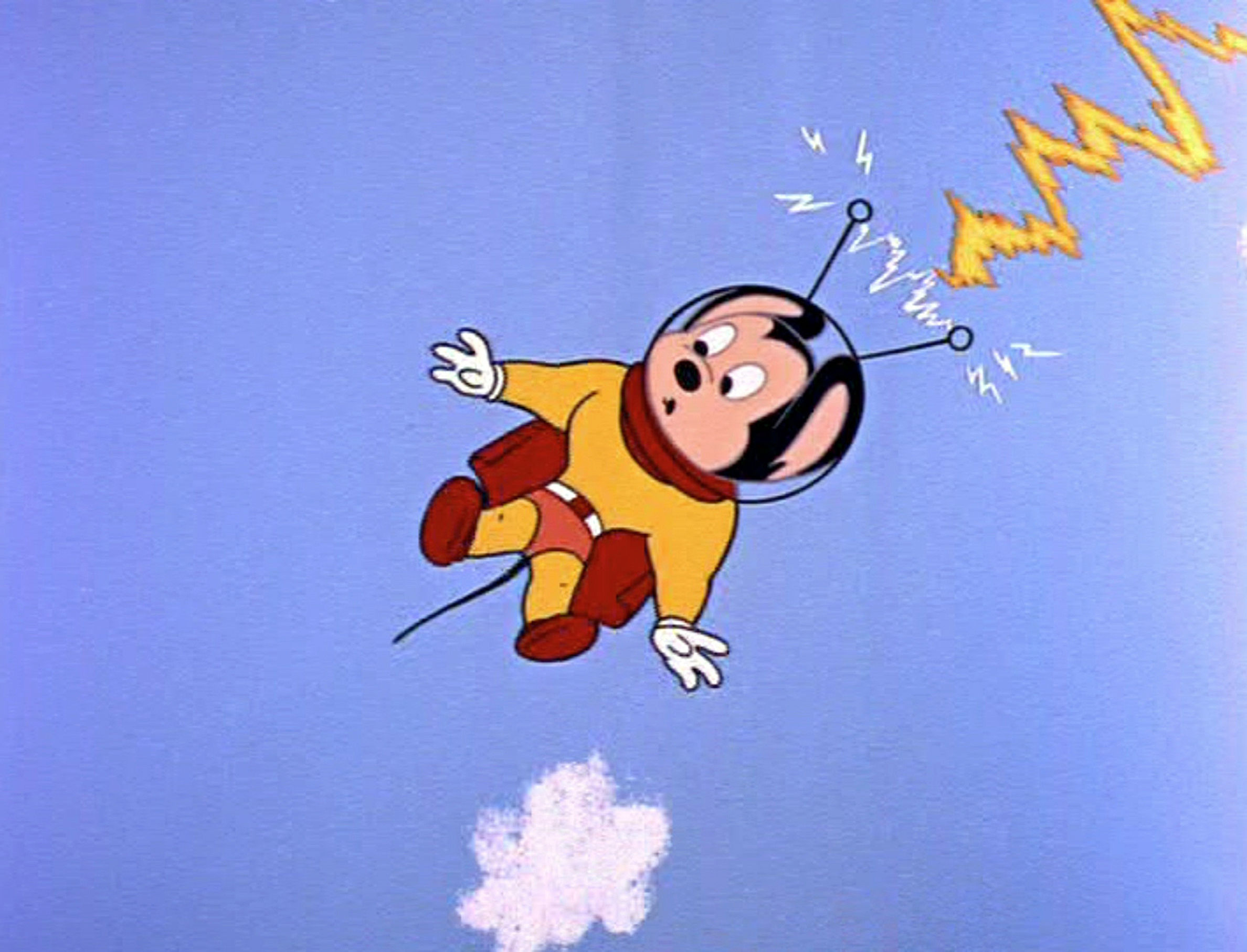Create a free profile to get unlimited access to exclusive videos, sweepstakes, and more!
‘Mighty’ modified mousetronauts with twice normal muscle mass heading to space

We were all very impressed when we found out that mice are driving cars now, but space travel is far more impressive a task. Granted, no one’s asking these “mighty” mice to fly a spaceship… yet.
In fact, no one’s really asking the 40 mice travelling to the International Space Station early next month to do much of anything. Just be their normal selves and return home safely. Granted, some of these spacfaring rodents are body builders sporting twice the muscle mass of your average Mickey.
Yes, the 19th SpaceX resupply launch to the International Space Station, CRS-19, is scheduled for Dec. 4, and among the 5,700 pounds of cargo filling the Dragon capsule atop the Falcon 9 rocket will be 2,100 pounds of science equipment, including some super jacked mice.
That’s because these mice have been engineered to lack a key protein that inhibits muscle growth, myostatin. "When we engineered the mice to lack myostatin, they grew to twice their normal size," said Se-Jin Lee, a professor at the Jackson Laboratory and University of Connecticut School of Medicine, during a recent news conference (via Space.com). "We call them mighty mice."
Microgravity creates muscle loss, which is similar to the effects of a number of muscle-wasting disorders treatable with myostatin. So Lee and his team are studying these yoked mice (in comparison with average ones, who will also be making the trip), in hopes of finding out if blocking myostatin in astronauts can inhibit muscle loss in space.
The 40 space-faring mice will be divvied up into five equal groups: “mighty mice with no myostatin, a control group of normal lab mice, a group given a compound that blocks myostatin, and two groups that won't experience any treatment in space,” per Space.com.
Back home, the non-treated group will be given an experimental myostatin blocker. Lee and his team will then attempt to determine whether muscle mass lost in space can be recovered.
The experimental myostatin blocker also inhibits actavin, “which regulates bone mass and increases bone density,” which could potentially help with another side effect of space travel.
"Astronauts lose muscle and bone mass, so anything to prevent this can help maintain astronauts during space flight," Lee said. "It's also a huge problem for people here on Earth, in both children and adults. We hope to test a therapeutic strategy that will help [people with] lots of different conditions."
This is far from the first time mice have been sent to space in the name of science, with the first one launched aboard a V-2 rocket back in 1950. Alas, that rocket’s parachute system failed, and the ride down got a little bumpy… well, a lot bumpy, like tragically bumpy.
Of course, human space travel couldn’t have happened in the first place without testing the survivability of critters north of the atmosphere, which began in 1947 with fruit fly space travel, and was soon followed by monkeys (Yorick!) and dogs (Laika!). Granted, not all those heroes made the trip home. (Please enjoy NASA’s brief history of animals in space here.)
Fortunately, Lee’s mighty mice are expected to make the return trip back to Earth, where they’re unnaturally jacked selves will be poked and prodded merrily until their last dying days. Science!
SpaceX’s CRS-19 resupply launch is scheduled for 12:51 p.m. ET (1751 GMT) on Dec. 4. No word on whether the mice get their own helmets.


























